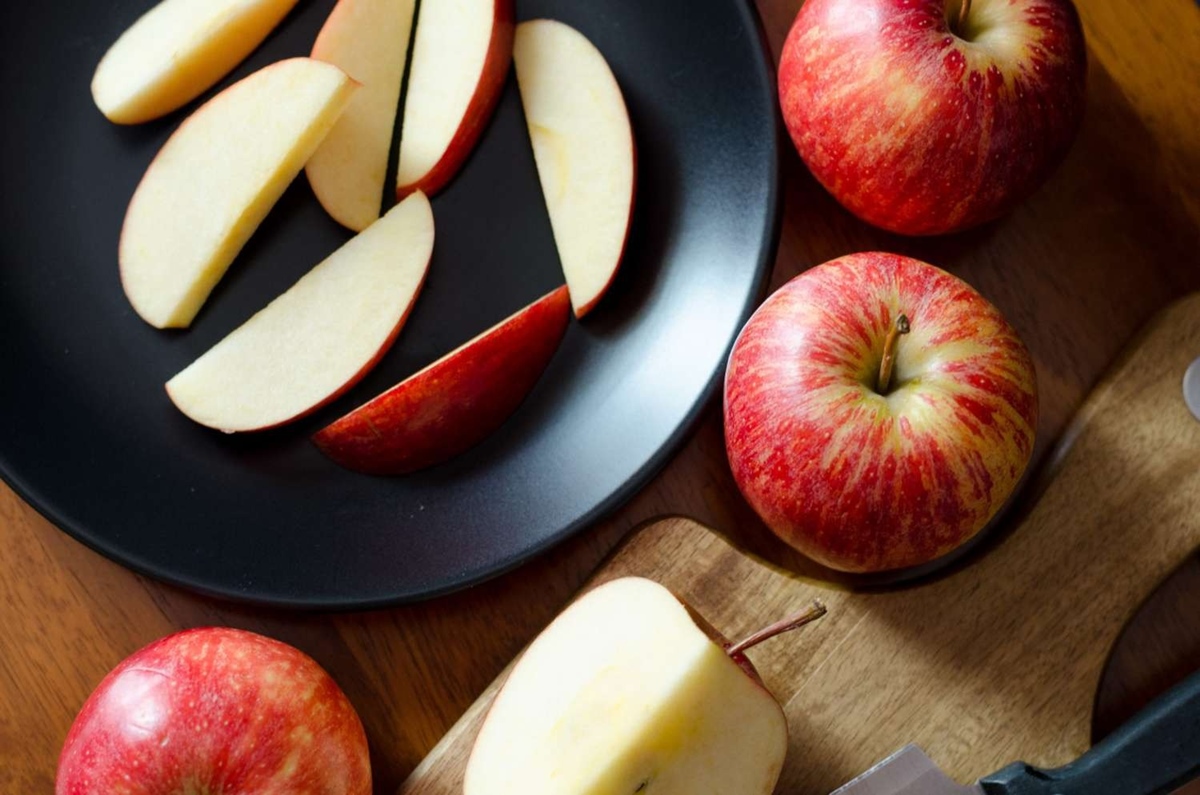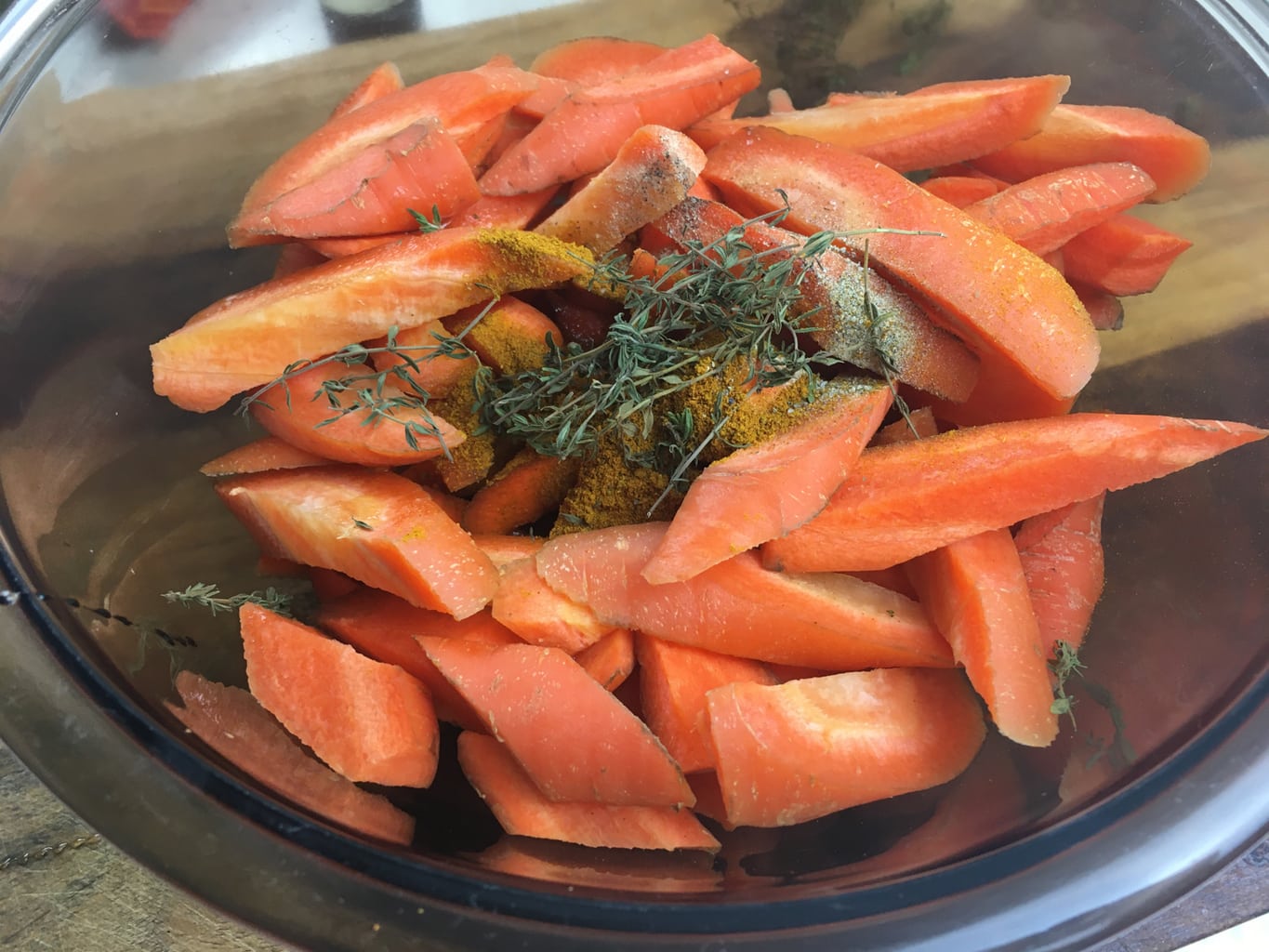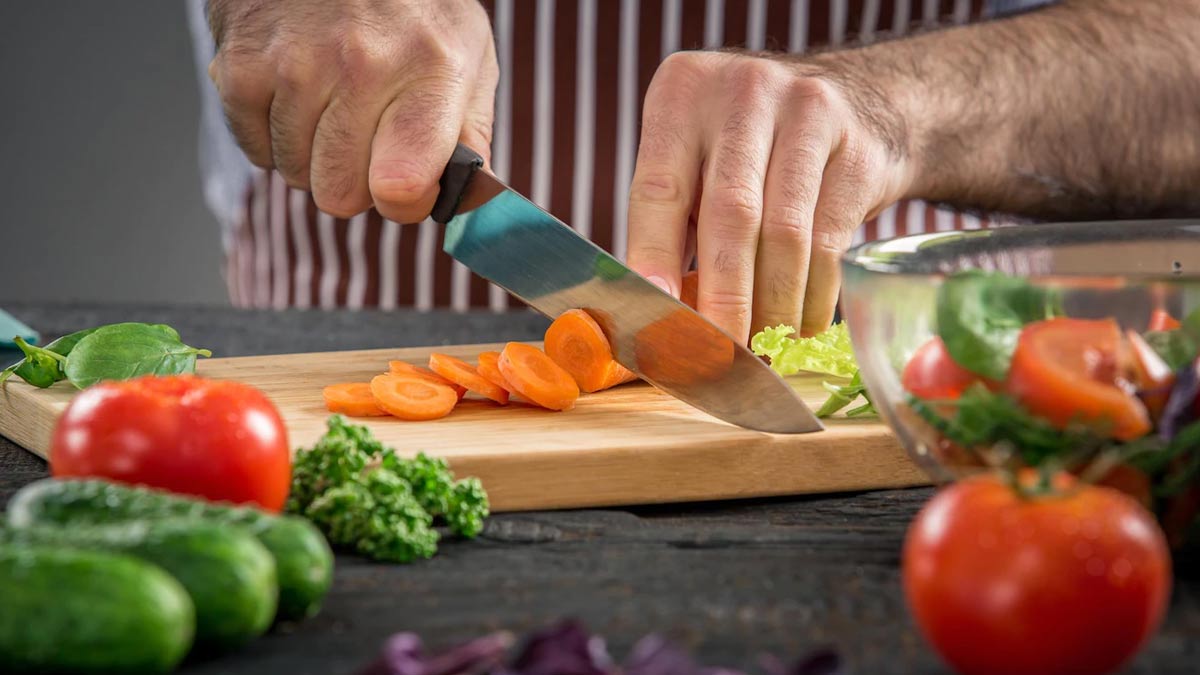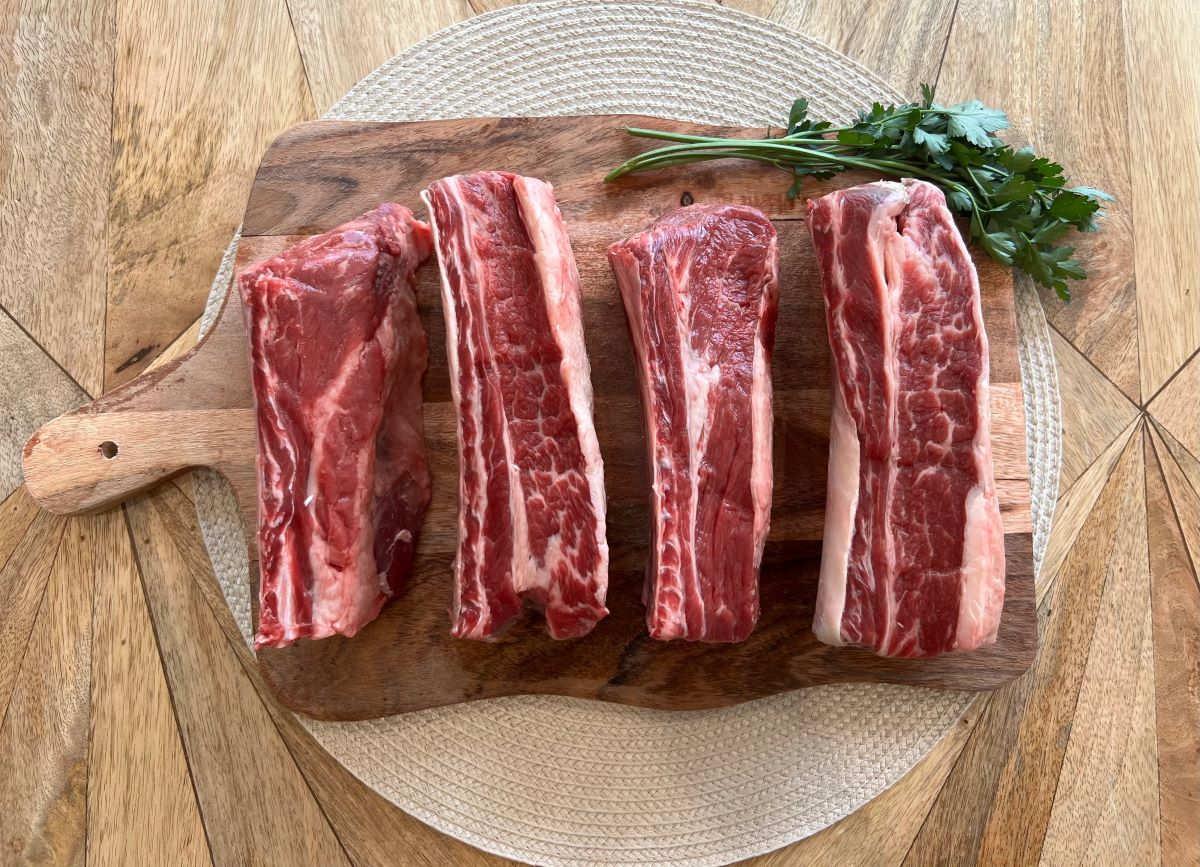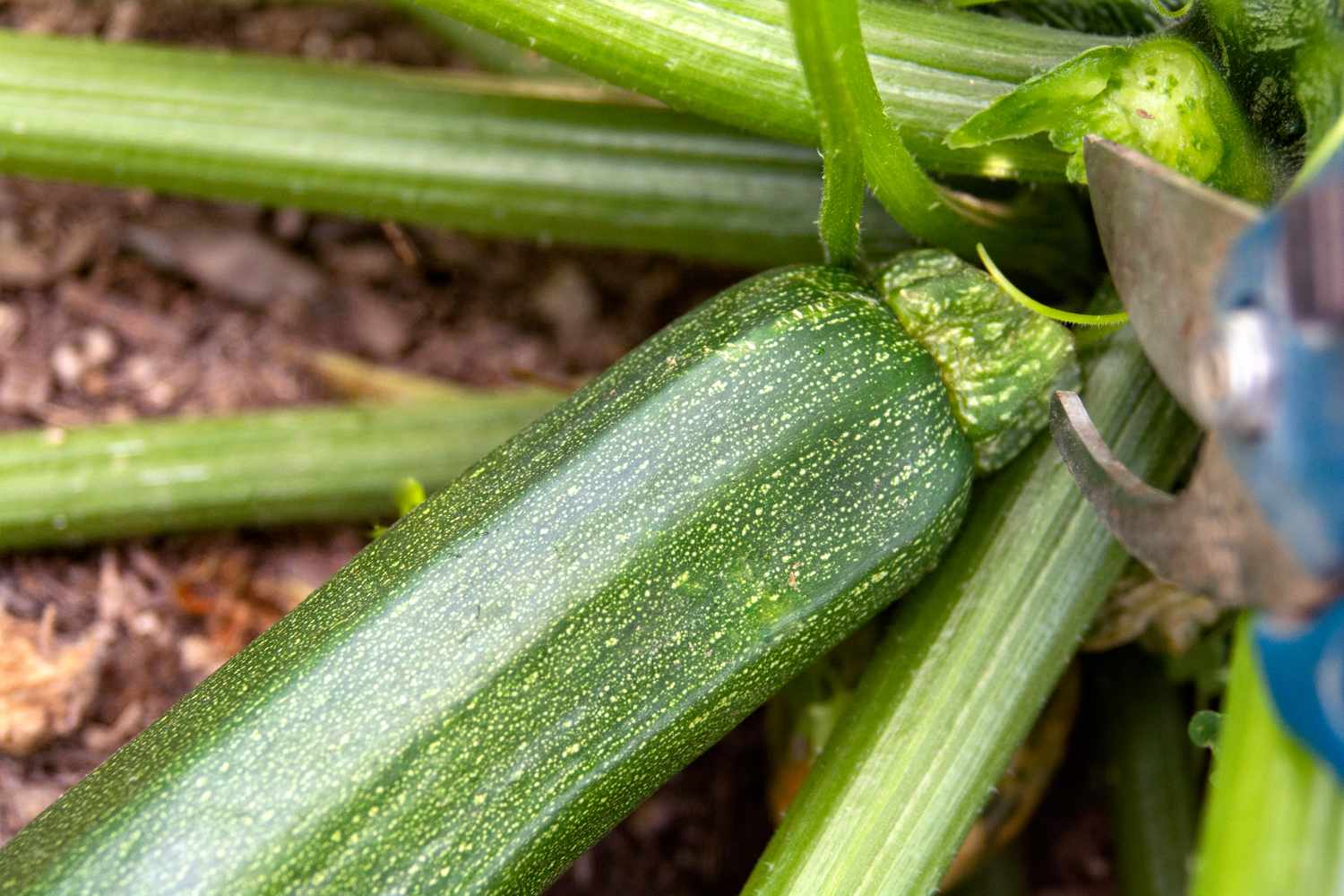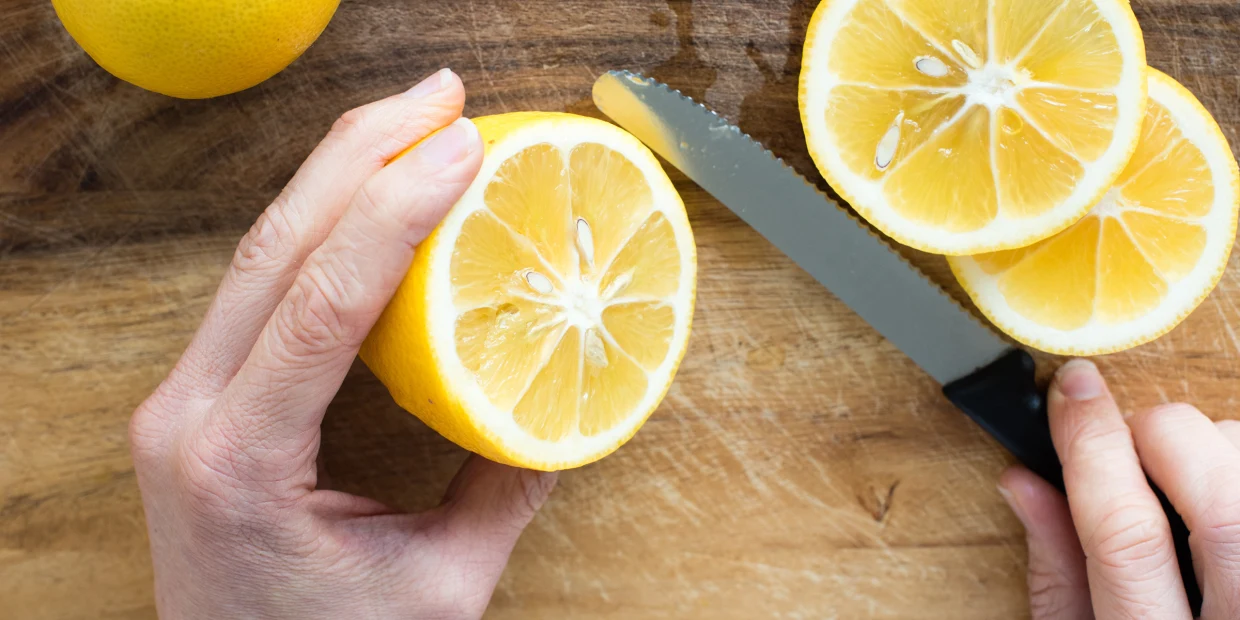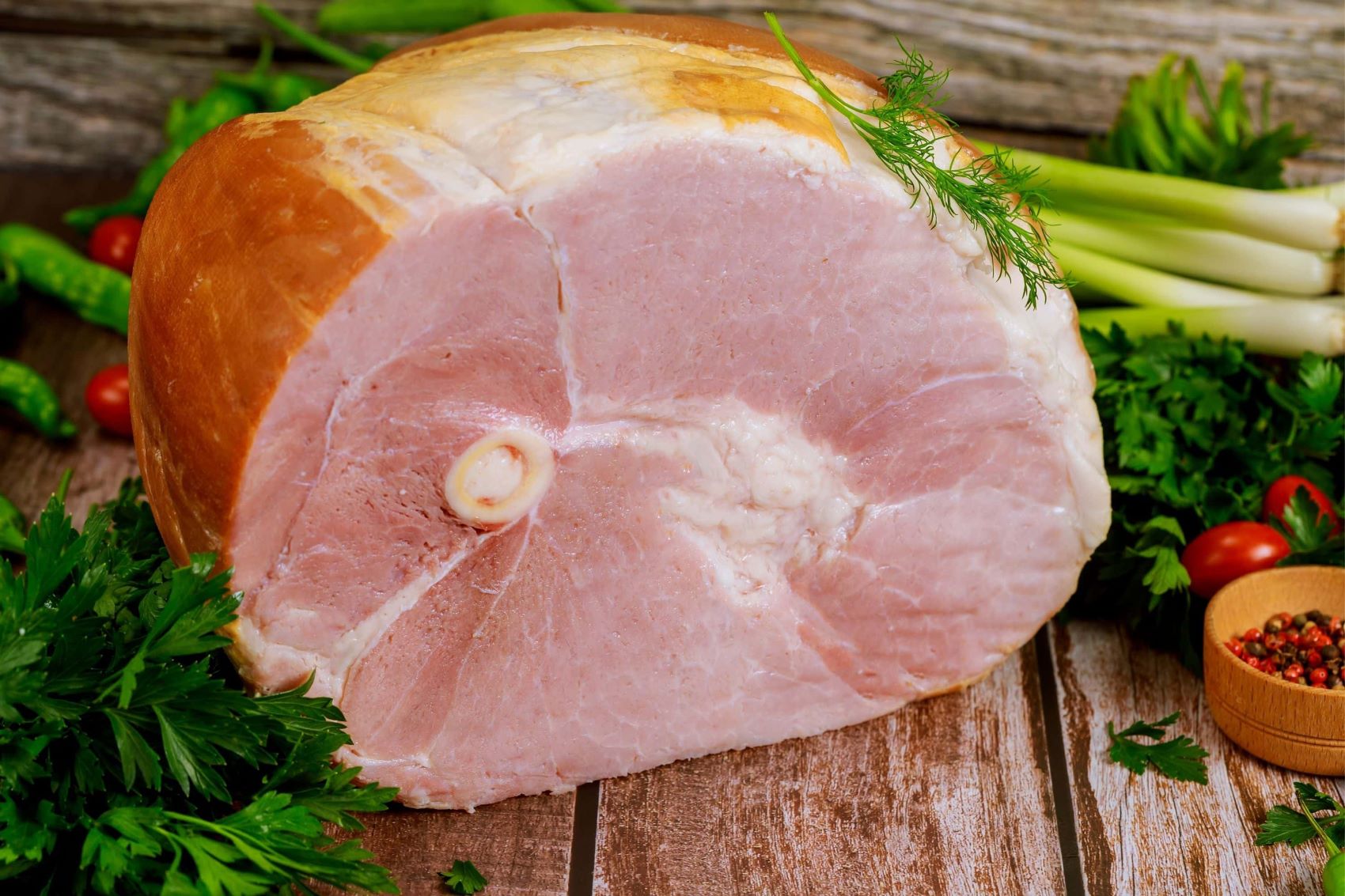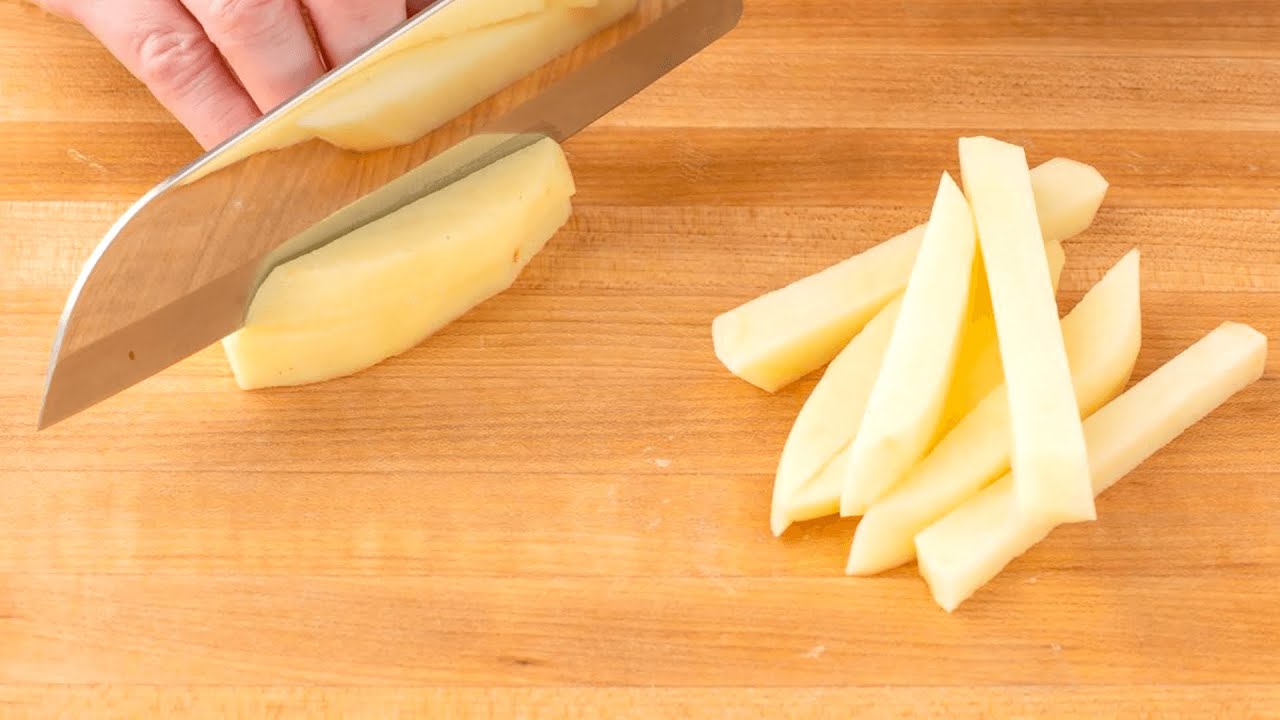Cutting a spring onion might seem straightforward, but there's an art to it that can elevate your dishes from good to gourmet. These vibrant, crisp greens not only add a pop of color but also a subtle, yet distinct flavor that can transform a meal. Whether you're garnishing a soup, tossing them into a stir-fry, or sprinkling them over tacos, knowing the right way to slice and dice these onions can make all the difference. Let's dive into the simple steps to masterfully cut spring onions, ensuring you get the perfect cut every time for your culinary creations.
Necessary Ingredients for Spring Onion Preparation
- Spring onions
- Sharp knife
- Cutting board
- Bowl for discards
Essential Tools for Cutting Spring Onions
- Sharp knife
- Cutting board
- Bowl for discards
For cutting spring onions, use a sharp knife. Slice off roots, then chop white and green parts separately. Thin slices for garnish, thicker for cooking. Rinse well before chopping.
The Importance of Properly Cutting Spring Onions
Cutting a spring onion correctly enhances its flavor and texture in dishes. Thinly slicing the white and light green parts for a milder taste, while finely chopping the darker green sections adds a crisp, sharp flavor. This technique ensures every bite is balanced, elevating the overall taste experience.
Understanding the structure of spring onions is crucial. Their bulbous white base holds a potent flavor, ideal for sautés and stir-fries, whereas the green stalks offer a fresher, lighter taste, perfect for garnishing. Mastering this skill allows for versatile use, making dishes more visually appealing and flavorful.
Step-by-Step Guide to Cutting Spring Onions
-
Select fresh spring onions: Look for ones with crisp, green tops and a firm white base.
-
Wash thoroughly: Rinse under cold water to remove any dirt or debris.
-
Trim the roots: Cut off the root end, removing any small roots still attached.
-
Peel off the outer layer: Remove any damaged or wilted outer layer from the white part.
-
Decide on the cut:
- For slicing, use for salads or as a garnish.
- For chopping, use in stir-fries or as a base flavor.
- For dicing, perfect for salsas or toppings.
-
Slicing:
- Hold the spring onion by the white end.
- Slice thinly using a sharp knife, moving towards the green tops.
- Keep slices uniform for even cooking or presentation.
-
Chopping:
- Cut the spring onion into two parts: white and green.
- Chop each part separately as they have different textures and cooking times.
- Use a rocking motion with your knife for efficient chopping.
-
Dicing:
- Slice the spring onion lengthwise into thin strips.
- Gather the strips together.
- Cut across the strips to create small cubes.
-
Cutting into rings:
- Ideal for garnishes or adding into salads.
- Slice the spring onion thinly across to create rings.
- Separate the rings with your fingers if they stick together.
-
Storing cut spring onions:
- Place in a container with a paper towel to absorb moisture.
- Store in the refrigerator to keep them fresh longer.
-
Safety tips:
- Always use a sharp knife for cleaner cuts.
- Keep your fingers tucked in while chopping to avoid cuts.
- Use a cutting board with a stable surface.
-
Practice makes perfect: With each attempt, your skill in cutting spring onions will improve, leading to better presentation and flavor distribution in your dishes.
Mastering the Final Slice
Cutting spring onions like a pro isn't just about enhancing the flavor of your dishes; it's also about adding that splash of color and texture that can turn a good meal into a great one. Remember, whether you're aiming for thin slices for garnishing or larger chunks for stir-fries, the key is in the technique. Keep your knives sharp, your cutting board steady, and your spring onions fresh. Practice makes perfect, and soon, you'll be chopping these versatile veggies with confidence and ease. So, grab your knife, get those spring onions, and start practicing. Your next culinary creation awaits the magic touch of perfectly cut spring onions.
Frequently Asked Questions About Spring Onions
How do you properly wash spring onions before cutting?
First off, rinse your spring onions under cold running water. Gently rub away any dirt or debris clinging to their green shoots and white bulbs. Shake off excess water or pat dry with a paper towel to avoid any slippery mishaps while chopping.
What's the best knife to use for cutting spring onions?
A sharp chef's knife is your go-to tool here. Its wide blade helps with precise cuts, whether you're finely chopping or slicing into larger pieces. Keeping your knife sharp ensures a clean cut through the spring onions, preserving their texture and flavor.
Can you explain how to slice spring onions for garnishing?
Sure thing! Hold the spring onion by its white end and slice thinly using a swift back-and-forth motion with your knife. Aim for slices as thin as a whisper, perfect for adding a fresh, crisp garnish to your dishes.
What's the trick to chopping spring onions without tears?
While spring onions are less likely to make you tear up compared to their onion cousins, a sharp knife and quick work can minimize any discomfort. Also, chilling them in the fridge before chopping can reduce any potential irritation.
How do you store cut spring onions to keep them fresh?
After cutting, place the spring onions in a container with a damp paper towel on top and bottom. This setup keeps them crisp and fresh. Store in the fridge and use within a few days for the best quality.
Is there a way to use the entire spring onion, including the green and white parts?
Absolutely! The white part offers a more intense flavor, ideal for sautés and as a base for sauces. The green part is milder and perfect for garnishing. For zero waste, use the white part early in cooking and add the green part towards the end or as a fresh topping.
What should you do with the roots of spring onions?
Don't toss them! Those little roots can be replanted in a pot with soil or a glass of water. They'll regrow, giving you a continuous supply of fresh spring onions. Just make sure they get plenty of sunlight and change the water regularly if you're not planting them in soil.
Was this page helpful?
Read Next: How To Cut And Peel Kiwi
